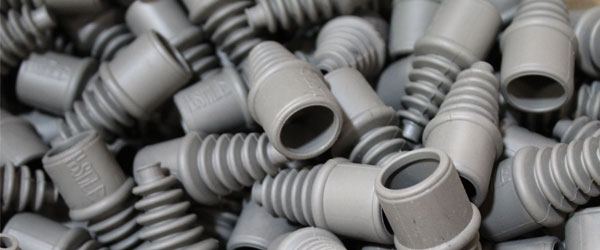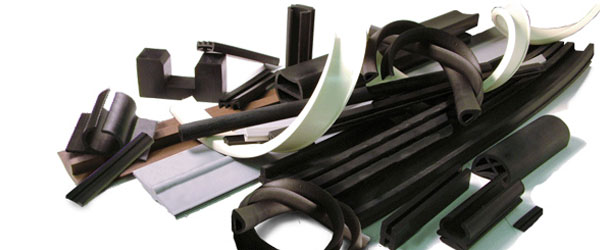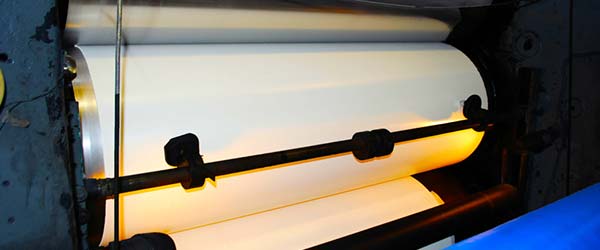Set recovery is a measure of the ability of rubber materials to return to their original shape after being subjected to deformation or compression. When a rubber material is compressed or stretched, it undergoes a process called “set” or “permanent set,” where it retains a portion of the deformation even after the load is removed.
The set recovery of rubber refers to its ability to recover its original shape after being subjected to a specific level of deformation. It is typically expressed as a percentage, which represents the ratio of the amount of recovery to the amount of deformation.
The set recovery of rubber is influenced by several factors, including:
- Crosslinking: The degree of crosslinking in a rubber material affects its set recovery. Higher crosslinking densities result in stiffer and more elastic materials with better set recovery.
- Temperature: The temperature at which the rubber material is deformed can affect its set recovery. Generally, rubber materials have better set recovery at lower temperatures, as they are less prone to permanent deformation.
- Time: The duration of the deformation can also affect the set recovery of rubber. Longer deformation times can result in more permanent deformation and lower set recovery.
- Deformation level: The amount of deformation that a rubber material undergoes can affect its set recovery. Higher levels of deformation can lead to more permanent set and lower set recovery.
Set recovery is an important property of rubber materials, particularly in applications where they are subjected to repeated compression and relaxation cycles. For example, in sealing applications, rubber gaskets must maintain their sealing properties even after being compressed and released many times. Therefore, understanding and optimizing the set recovery of rubber materials is crucial to ensure their reliable and long-lasting performance.
 (909) 987-1774
(909) 987-1774 Email Us
Email Us








